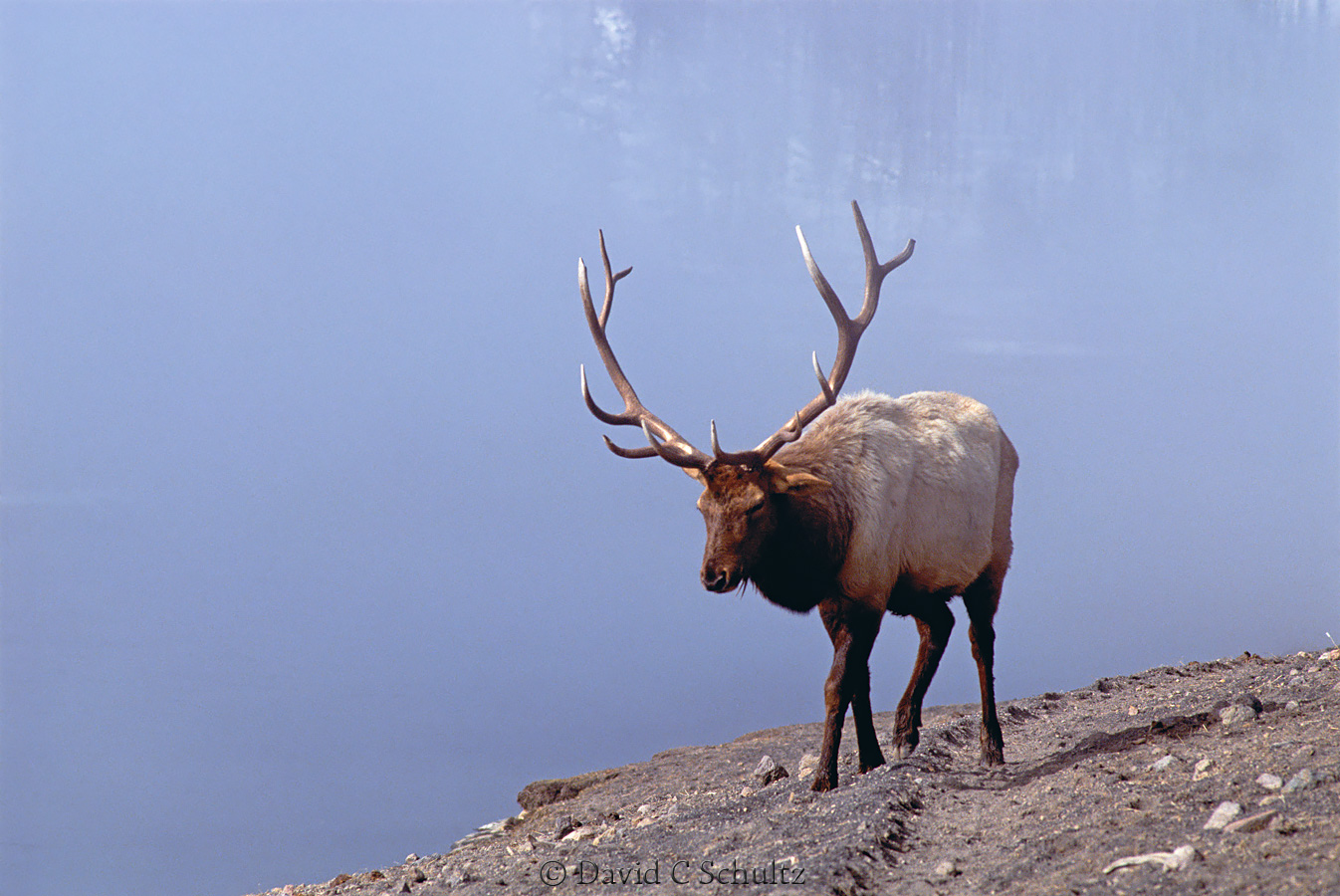
/cdn.vox-cdn.com/uploads/chorus_image/image/64264542/690238271.0.jpg)

Small pocket parks exist right in the middle of timber patches and could absolutely serve as a buffet for a bull. It doesn't have to be a giant meadow either. Elk are creatures of the edge and will come out from their secluded bedding areas to the edge of timber to feed in meadows or openings. As long as nothing pushes him out, he's gonna be there, particularly later in October and early November.Īlong with security, food and water should also be on your radar. When you do though, sometimes it almost feels like you could throw a blanket over where that bull is living.
#Bull elk at times Patch
Usually, this puts them in a nasty canyon or isolated patch of ground where they can live in peace and only come out when necessary. They have just spent a month or so burning through their fat reserves, and now they need to stock up for the long winter ahead by eating, sleeping and trying not to burn a lot of calories. Big bulls don't want to be bothered this time of year, and often gravitate towards living in what we'd call a hole. A place of security. As the fall wears on, some bulls will still be with their herds, but many larger bulls will wander off for some alone time. What do they want and where do they want to be? The short answer to those questions is food, water, and security. Like any other type of hunting out there, finding bulls after the rut is all about finding the right recipe. However, elk do wander around midday in October more often than you might think, and rather than sitting in camp midday, find a good glassing spot and watch for elk that are going to get water or grab a bite to eat. Bulls can be active at any time of the day during this period, whether it's grabbing a middle of the day snack, or popping out of bed for a drink. That is why it's imperative for one to be behind the glass from sunup to sundown. You won't see what you aren't looking at. Like all times of the year, elk are a crepuscular animal and will mostly be active the first few and last few hours of the day. Look for south facing slopes, edge habitat, or any other place where elk are likely to come out to feed. What I mean by vantage point is a place up high that offers a commanding view over the landscape and where your optics can do the walking for you. The absolute best way to do that is by finding the best vantage point one can, and log some hours behind the glass. When that is the case, glassing is going to be the name of the game. This is going to let one sit from a far, not be intrusive, and watch bulls as they walk down the road of recovery. They still might talk a bit, but they aren't nearly as chatty or responsive to calls. Once the rut is over, bugling will dwindle down significantly. Unlike in September when bulls are screaming their guts out letting everyone know where they are, it's a different story later in the season. During the post rut, the playbook for hunting elk changes slightly, and the tips below will help you find and hunt elk during the mid to late fall season. This typically occurs somwhere in mid to late October, although it will vary by year and by area. This is typically when rifle hunting season starts in most western states.

The post rut period is when bulls aren't as vocal and the elk are done breeding for the year. The post rut opportunities to chase bulls are wide and there for the taking. While the game is similar after the rut, it isn't the same. There are only 30 days in September though, and once it's gone, it's gone until the next go around. That doesn't mean that elk hunting stops. It is unlike any other time of year and a time to be cherished. It's for good reason too and a bowhunter's Disneyland. Nights filled with the screams of rutting bulls, heart pounding close encounters, and a display of animal behavior that is sure to captivate anyone out there. When one mentions elk hunting in the west, September is usually what gets all of the press.


 0 kommentar(er)
0 kommentar(er)
